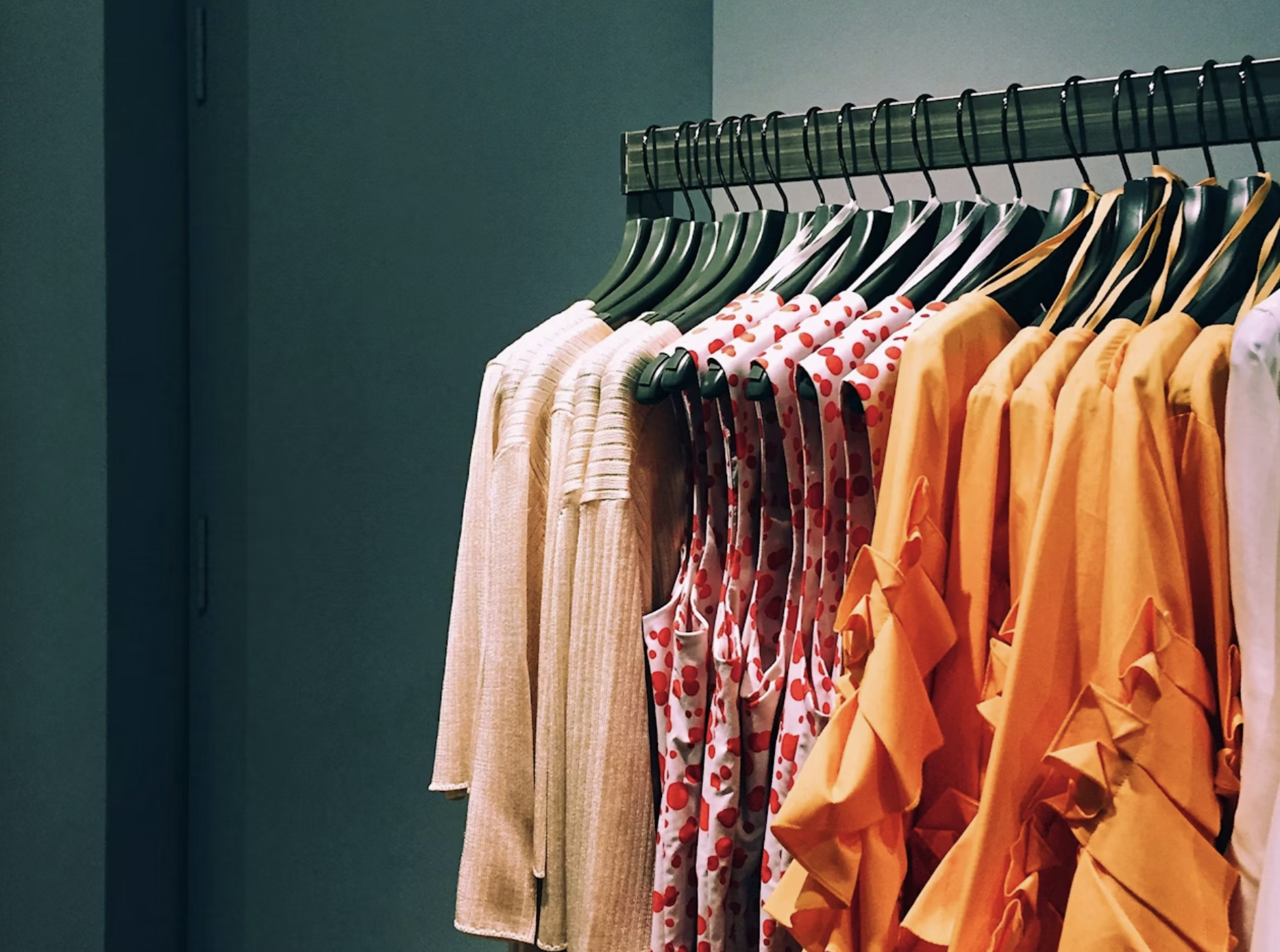PUBLISHED
Feb 27, 2024
WORDS
Isidora Mazibrada
Here’s how fashion brands can make lasting sustainability changes
The fashion industry must improve its sustainability creds, says Isidora Mazibrada of Revolt. Here’s how businesses and marketers can together build a brighter future.

How fashion brands can lead on sustainability in 2024
We all know fashion has a problem. Roughly 70 billion new garments are produced annually, creating up to 10% of global emissions. Tougher laws and regulations are coming in the year ahead, as the imperative to limit warming to 1.5°C intensifies. Industry execs know it’s time to change, with many labeling sustainability as both their top priority and greatest challenge for 2024. While leading brands have been quick to commit to Net Zero, the majority of fashion brands aren’t on track to meet their emissions targets. For brands looking to drive progress and effect change, here are five key areas of focus that could have a positive impact, in terms of both sustainability and marketing.
Acts first, ads second
The rules on greenwashing are changing. Communications with inflated claims and empty promises aren’t going to pass new tests by advertising authorities. This is great news for fashion brands. Research shows that greenwashing can lead to a loss of loyalty, trust and satisfaction. The EU’s new rules will help marketers avoid making brand-damaging errors. So what is the best way forward? At this crucial moment, action must come before talk. Take H&M Group, which has previously faced greenwashing lawsuits, but is now co-investing in developing an offshore wind energy project in Bangladesh. If approved, it would supply around 40% of the country’s power and reduce CO2 emissions by approximately 725,000 tons each year – a huge win for the industry and the planet. Real cut through for brands will come from investment into impactful solutions, that are then turned into compelling stories for stakeholders.
Bridge the say-do gap
The gap between consumers’ sustainability intentions and actions is a hot topic. Savvy marketers will recognise an opportunity to nudge consumers to make sustainable choices. Behaviour change principles, like Ipsos’ MAPPS framework, can act as a guide. MAPPS lists five key behaviour drivers: motivation, ability, physical, processing, and social. Fashion retailer FarFetch and ethics and sustainability ratings platform Good on You, capitalized on consumer motivation for sustainable purchasing and enhanced the remaining drivers by collaborating to create the ‘Good Measures’ hub. The hub provided the physical context for consumers to make conscientious shopping decisions through a dedicated ‘Positively Conscious’ section. FarFetch then celebrated brands and products with improved sustainability ratings in comms. The collaboration resulted in an impressive 93% surge in conscious searches and a 60% growth in conscious product purchases. These results indicate the success on offer for brands that can help consumers navigate the complex journey of sustainability.
Implement and scale circularity
Fashion is at a crossroads. There’s growing awareness that the continued production of new products, even if at reduced emissions, is incompatible with science based targets. So how can brands continue to benefit their bottom lines, without impacting the planet? Closed loop systems – that are circular and regenerative – offer a real opportunity. Not only would scaling these help brands meet targets on emissions and waste, but research shows they can drive revenue, increase customer engagement and acquisition. J.Crew reported that in its first three months of using thredUP’s Resale-as-a-Service, its customers recirculated over 34,000 items, avoiding over 150,000 pounds of carbon emissions. Items sent in earnt customers credit to spend on J.Crew, strengthening their relationship with the brand. Brands that can decouple growth from new products will set themselves up as sustainable leaders.
Embrace sustainable storytelling
Fashion has an elephant in the room. Recent research suggests that until demand for resources is reduced, climate breakdown will persist. Fashion brands play a huge role in driving demand – so much so that the UN has warned the industry against fuelling overconsumption. This leaves brands with a conundrum. What does the future of fashion communications look like? Is there a way to engage consumers just enough to reach sales targets, but not too much in that the strain on the planet continues?
For marketers that want to lead their brands into the future, the narrative on what makes a perfect wardrobe needs to be rewritten. When done well, this looks like the efforts of luxury, sustainable brand Mara Hoffman, which alongside sustainable innovation, tells consumers to ‘Buy Less, Wear More, Wash Less’. In 2023, it won the CFDA Fashion Award for Environmental Sustainability, an accolade previously awarded to Patagonia and the United Nations. There is bravery that comes with pivoting communications away from the ‘norm’, but rewards for brands that do it well.
For marketers that want to lead their brands into the future, the narrative on what makes a perfect wardrobe needs to be rewritten. When done well, this looks like the efforts of luxury, sustainable brand Mara Hoffman, which alongside sustainable innovation, tells consumers to ‘Buy Less, Wear More, Wash Less’. In 2023, it won the CFDA Fashion Award for Environmental Sustainability, an accolade previously awarded to Patagonia and the United Nations. There is bravery that comes with pivoting communications away from the ‘norm’, but rewards for brands that do it well.
Account for impact
In the struggle against margin pressures, fashion brands find themselves in the web of low-cost, outsourced manufacturing. Awareness is spreading that a reliance on razor-thin margins threatens transparency on emissions and ethics, but also exposes brands to the peril of damages. This was demonstrated by Boohoo in 2020 – a whopping £1bn loss and a £100m lawsuit over alleged slavery in Leicester factories. With regulators and consumers demanding heightened accountability, brands can no longer afford to turn a blind eye. It’s time for a seismic shift in perspective – accounting for both positive and negative impacts upfront. This isn’t just about numbers, it’s about creating a comprehensive financial picture that paves the way for innovative operating models. Stella McCartney is a trailblazer in the space, having published an annual Impact Report for the past decade. As fashion’s true costs undergo scrutiny, impact accounting will become an essential practice for brands committed to inside-out transformation.
While fashion has a long road to true sustainable transformation, there are glimmers of hope. As one of the world’s most creative industries, known for pushing boundaries, the challenge of sustainability should not be feared. Rather, it should be seen as an opportunity to innovate and create groundbreaking new business models for the future.
While fashion has a long road to true sustainable transformation, there are glimmers of hope. As one of the world’s most creative industries, known for pushing boundaries, the challenge of sustainability should not be feared. Rather, it should be seen as an opportunity to innovate and create groundbreaking new business models for the future.
Your Cookie Settings
By clicking 'Accept All Cookies', you agree to the storing of cookies on your device to enhance site navigation, analyse site usage, and assist in our marketing efforts.


